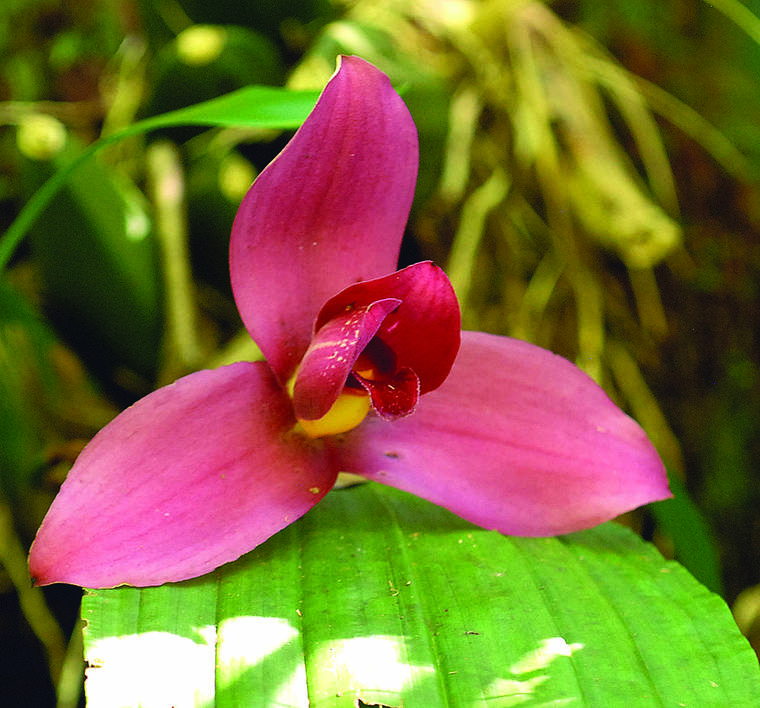Hawaii hit hardest in modern-day plant extinctions
HONOLULU — A decades-long study has revealed that Hawaii leads the world in modern extinctions of plant species.
In a study published by the Nature Ecology and Evolution journal, researchers from the United Kingdom and Sweden spent nearly 30 years evaluating over 200,000 plant species from around the world, and on June 10 became the first to describe global plant extinctions over the last 250 years.
They found that more than two plant species go extinct every year, a rate up to 500 times faster than the natural rate of extinction, and Hawaii has been hit the hardest.
Hawaii lost 79 of the 571 documented extinct plant species in that timespan, more than twice the 37 experienced by the Cape Provinces of South Africa, which was second in extinctions.
Aelys Humphreys, one of the study’s lead authors, keyed in on some reasons for the state’s plant extinction rate: its high plant diversity, endemism and development.
“The islands are home to many unique plant species, which are only found in a small area, perhaps in a very specific environment,” she said. “This makes them very vulnerable to disturbances and changes in their environment, e.g. caused by human activities.”
The study also noted that “all of the top extinction areas are high-diversity regions with a tropical or Mediterranean climate, including islands.” The results are not surprising to the state’s plant researchers and conservationists, who are aware that Hawaii is “the extinction capital of the world.”
“Oceanic islands are known to be biodiversity hotspots, so they’re prone to extinctions,” said Matt Keir, a botanist with the Division of Forestry and Wildlife.
A list compiled by DOFAW, the National Tropical Botanical Garden and the Plant Extinction Prevention Program, which Keir was one of the authors of, was released in May and showed that 134 of the 1,217 endemic taxa of vascular plants — plants with roots — in Hawaii are extinct.
One of the difficulties of plant conservation is that people can be more ready to emotionally attach themselves to the conservation of animal species, which can lead to awareness and funding deficiencies for the conservation of plants.
“The term is coined ‘plant blindness,’” he said. “We tend to see a wall of green when we look at the mountains, and not the individual species.”
He added that plant conservation is increasing in Hawaii as people are more aware of native plants here.


